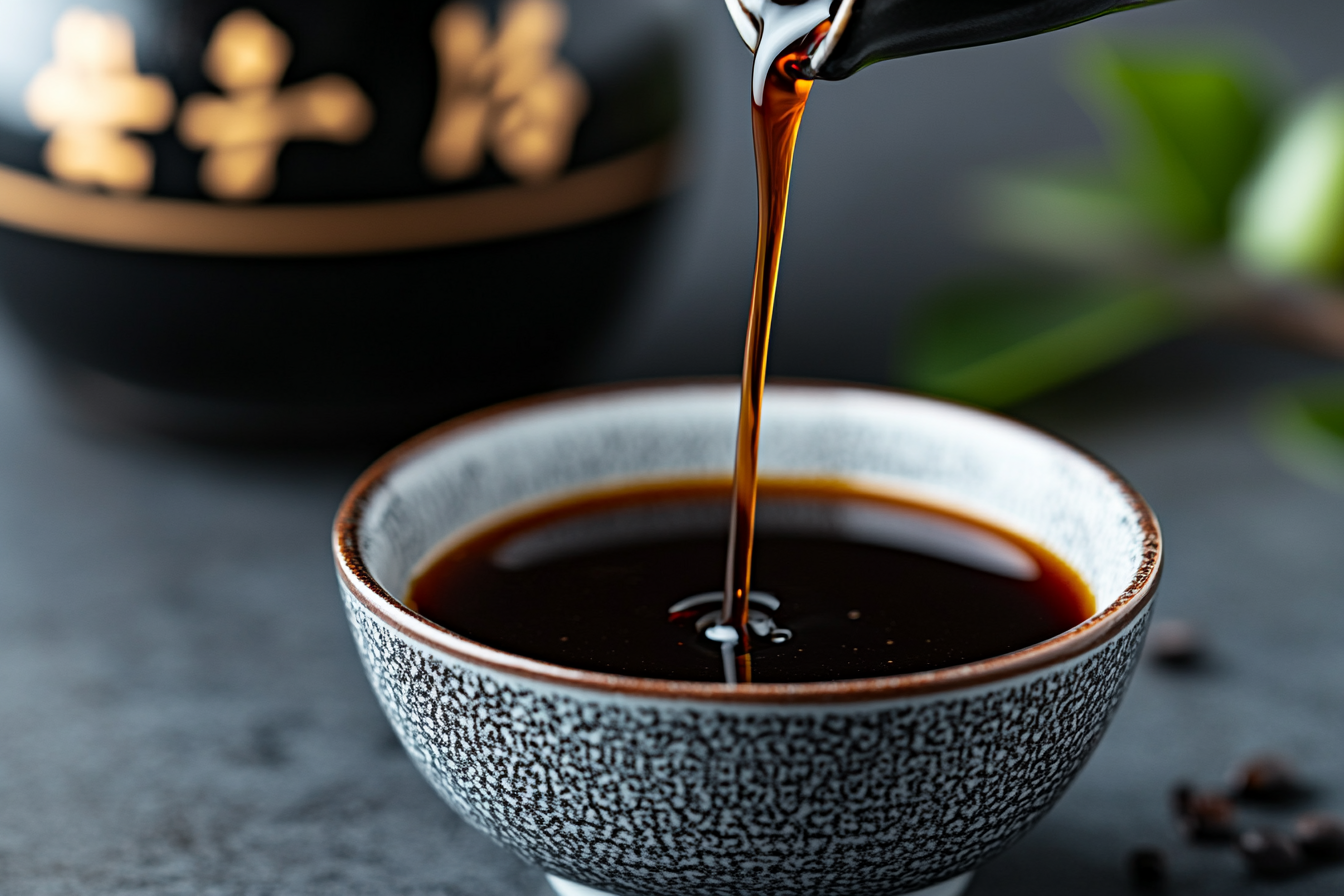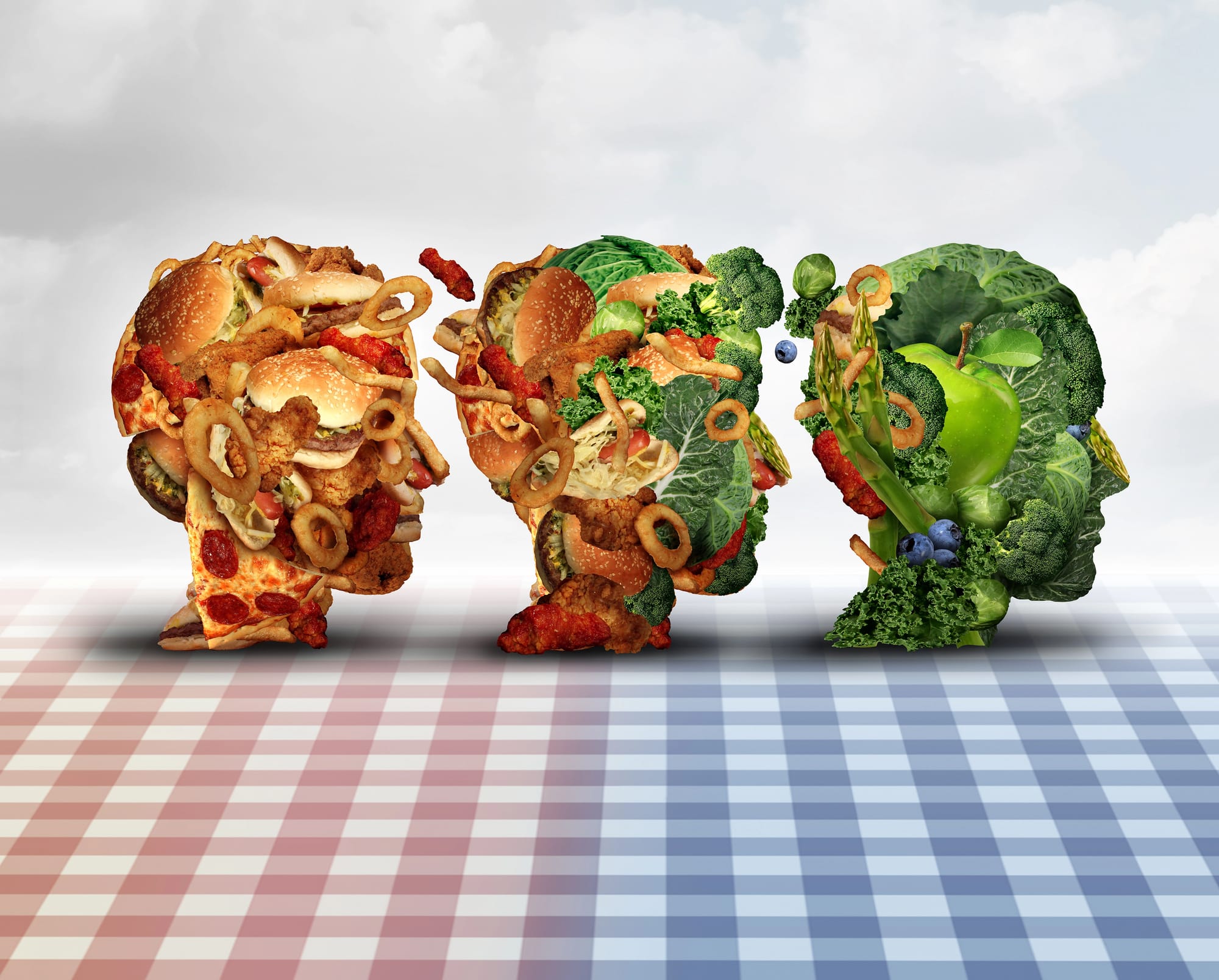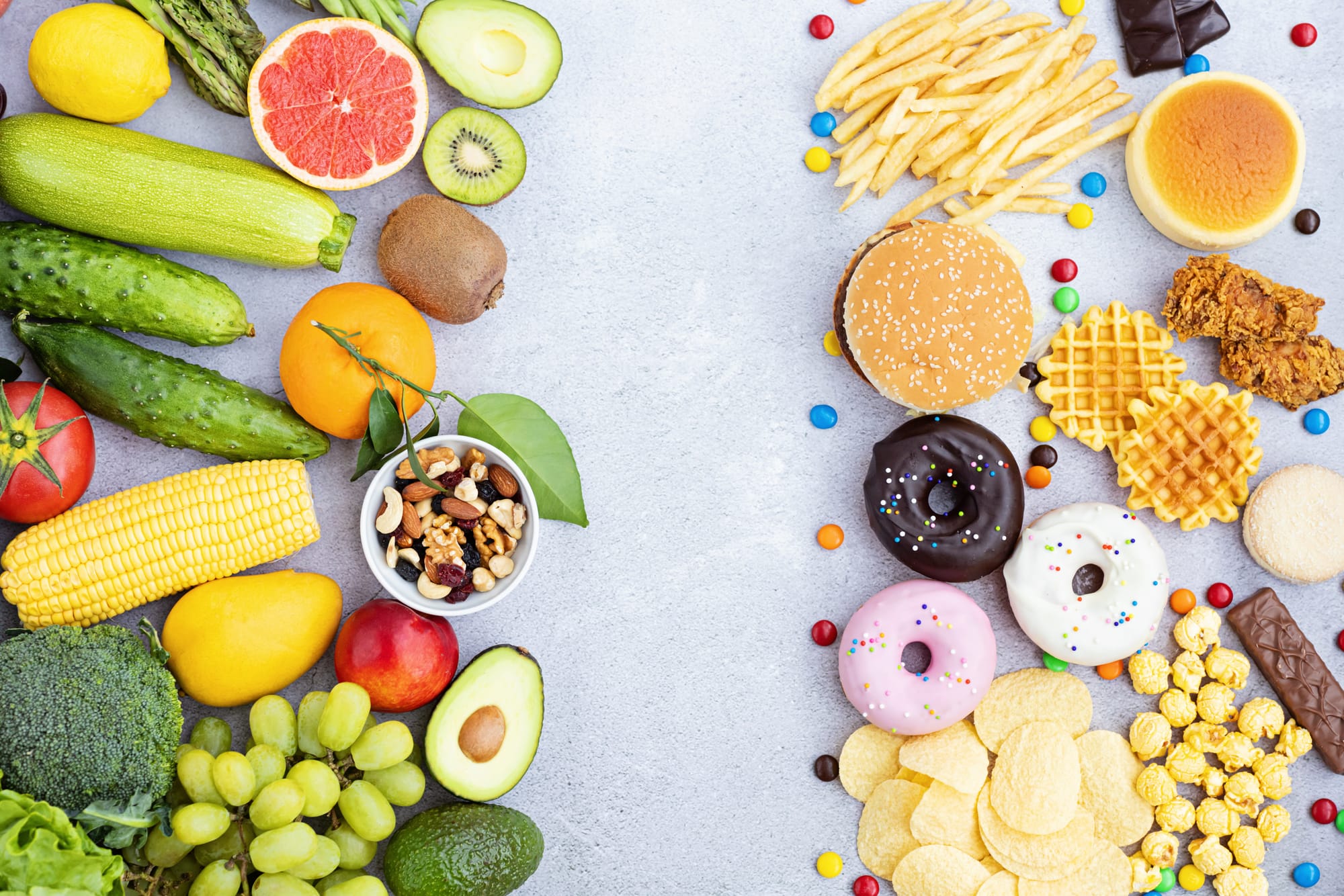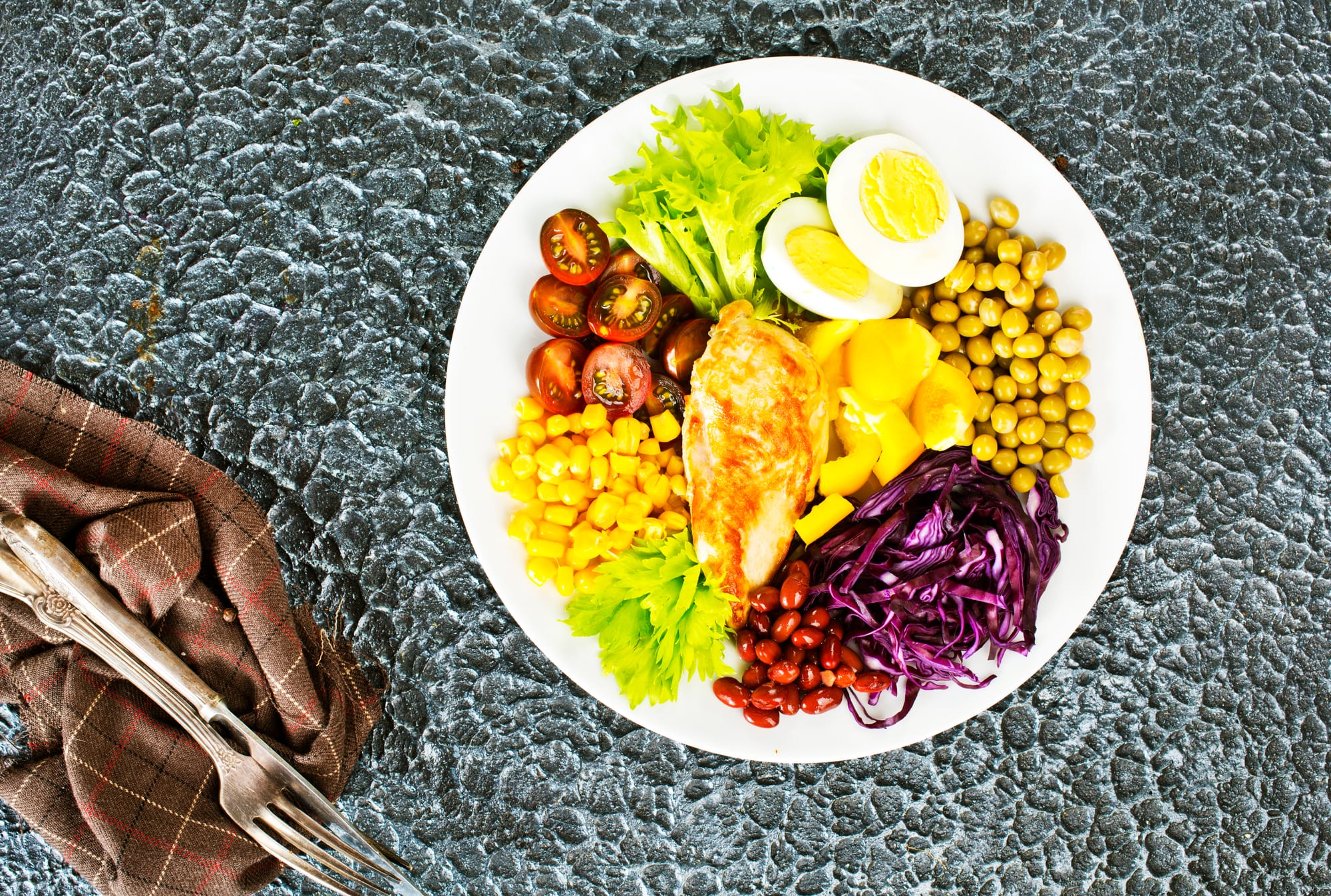From Challenges to Comfort: Palliative Care for Dementia Patients
Practical ways palliative care makes life more comfortable for dementia patients, addressing their physical and emotional needs with care.
Why are ultra-processed foods bad for you? Dive into the latest research exploring the hidden risks of these convenience foods and their effects on long-term health.

Imagine, for a moment, a dusty village in ancient China. The air is heavy with the scent of earth and grain, the kind of place where time measures itself in harvests, not hours. Here, thousands of years ago, farmers found themselves in a predicament: how could they store soybeans, their hard-won crop, for the leaner months ahead? It wasn’t simply a question of survival. It was a puzzle, one that invited a kind of low-stakes brilliance. And so, they began to tinker.
The first step was practical. They combined soybeans with wheat, water, and salt—common ingredients, familiar to their hands and kitchens. But the second step? That one belonged to nature. The mixture fermented. Invisible forces, microbial and mysterious, worked their magic over weeks or months. When the farmers returned to inspect their experiment, they discovered a deep, umber-colored liquid pooling at the edges of the mash. What they tasted was something astonishing: a flavor unlike any they’d encountered before. Bold. Rich. Savory. What would later be called umami had found its first champion in soy sauce.

Here, you might think the story ends—a tale of necessity birthing invention. But soy sauce did more than solve a storage problem. Its creation marks a shift in how people thought about food itself. Consider what it did for their diets: rice and vegetables, staples that had once been functional and plain, now brimmed with depth and dimension. Food became more than fuel—it became an experience.
Now, let’s pause here. It’s tempting to romanticize this as a happy accident, but think about the decisions involved. Someone had to wonder what might happen if they left the beans and wheat alone for a while. Someone had to decide it was worth tasting something that looked, at best, peculiar. Creativity, here, wasn’t loud or dramatic. It was quiet, practical, and iterative—the kind of creativity most of us rely on every day, whether we’re solving kitchen dilemmas or larger challenges.
But what’s most striking is the broader implication. Soy sauce, for all its earthy beginnings, became an idea that transcended food. It embodied the principle that even the humblest materials could become extraordinary through care, patience, and a willingness to experiment. It taught a culture—and eventually the world—that innovation doesn’t always mean adding more; sometimes, it’s about transforming what you already have.
The farmers didn’t know they were setting a course for global cuisine. They didn’t know their liquid seasoning would one day sit on supermarket shelves from Shanghai to São Paulo. They were simply solving a problem, step by careful step. And yet, in doing so, they demonstrated a timeless truth: the greatest breakthroughs often start with the smallest of seeds. Or, in this case, soybeans.

The Industrial Revolution supercharged this ingenuity. By the 19th century, advances such as canning and pasteurization transformed the food landscape, enabling mass production that dramatically lowered costs and increased availability. These innovations brought abundance: according to the United Nations, average daily caloric intake in upper- and middle-income countries rose by 40% between 1975 and 2021, reaching 3,300 calories. But this abundance came with consequences—obesity rates have more than tripled globally in the same period, leaving nearly one in three people overweight or obese today.
Now, a new frontier of concern has emerged around “ultra-processed foods” (UPFs)—a term coined by Carlos Monteiro, a Brazilian scientist, to describe products that undergo extensive industrial processing. Unlike earlier concerns over saturated fats or sugar, this critique targets the very methods of food production. UPFs have sparked regulatory moves worldwide: Colombia recently taxed highly processed foods, while Canada, Brazil, and Peru have issued warnings to limit their consumption. Britain’s parliament is investigating their impact, and figures like Robert F. Kennedy Jr. have likened processed foods to “poison.” But is the problem rooted in their poor nutritional content, or does the act of heavy processing itself carry unique risks?
Dr. Monteiro’s research in Brazil provided an early clue. Around the turn of the 21st century, he noticed a paradox: Brazilians were buying less sugar and oil but experiencing rising rates of obesity and metabolic diseases. These trends coincided with the growing popularity of packaged snacks and ready-made meals—foods high in sugar, fats, and additives. In 2009, he introduced the Nova classification system, which divides food into four categories based on processing.
At one end of the spectrum are minimally processed foods, such as fresh fruits and milk. Next come basic ingredients like flour or sugar, followed by moderately processed items like canned vegetables or bread. Finally, there are UPFs, encompassing heavily processed products such as fizzy drinks, instant noodles, and frozen pizzas. These foods rely on industrial techniques to break down whole ingredients into components like starches and proteins, which are then chemically altered and reassembled with additives like emulsifiers, preservatives, and artificial flavoring agents.
The popularity of UPFs has surged since the 1990s. Today, they account for more than half of daily calorie consumption in countries like America and Britain. Alongside this rise, evidence has grown linking these foods to various health risks, including obesity, type-2 diabetes, cardiovascular disease, and even mental health issues.

One explanation for these risks lies in UPFs’ nutrient profiles—they tend to be higher in fats, sugar, and salt than less processed foods. However, a comprehensive review of 37 studies by Samuel Dicken and Rachel Batterham at University College London found that even after accounting for these factors, UPFs were still strongly associated with poor health outcomes. This suggests that the harm may stem from more than just excessive calories or low nutritional quality.
The precise mechanisms remain elusive. Observational studies, which dominate the field, struggle to disentangle the effects of UPFs from confounding variables such as income, education, or lifestyle. Arne Astrup of the Novo Nordisk Foundation in Denmark cautions that most statistical models attempting to isolate the impact of processing “are not good enough.”
To address these limitations, researchers are turning to randomized controlled trials (RCTs), which allow for greater control over variables. In a 2019 study, Kevin Hall and colleagues at the National Institutes of Health provided 20 participants with diets of either minimally processed or ultra-processed foods for two weeks, before switching them to the other diet. Both diets were matched for calorie content and macronutrient composition, but participants could eat as much or as little as they wanted.
The results were striking. On the UPF diet, participants consumed about 500 additional calories daily, ate faster, and gained an average of one kilogram (2.2 pounds) in two weeks. Conversely, they lost a similar amount on the minimally processed diet. These findings imply that something about UPFs—beyond their macronutrient content—drives overeating.
Dr. Hall suspects two culprits. First, UPFs are often more energy-dense than whole foods, partly because they are dehydrated to extend shelf life. This means they deliver more calories per bite. Second, they are engineered for “hyper-palatability,” combining fats, sugars, and salts in ways that are highly rewarding to the brain. Such combinations are rare in nature and encourage faster consumption, potentially overriding the body’s satiety signals.
To further investigate, Dr. Hall is conducting a new study involving 36 participants who will rotate through four diets: two resembling those in his previous trial and two novel ones. One of the new diets will reduce both energy density and hyper-palatable combinations, while the other will maintain high energy density but avoid hyper-palatable mixes. By comparing outcomes, Dr. Hall hopes to pinpoint the exact features of UPFs that promote overeating.
Even as evidence mounts, significant challenges remain for regulators. The Nova classification system has been criticized for its rigid definition of UPFs, which treats the presence of any artificial additive as a red flag. This approach can be misleading; for instance, a Harvard study found that while some UPFs, such as sweetened drinks, were linked to heart disease, others, like whole-grain cereals and yogurt, were associated with health benefits.
Dr. Astrup warns that overly simplistic definitions risk “demonizing” many nutritious foods. Instead, a more nuanced approach is needed to distinguish between harmful and benign UPFs. Insights from Dr. Hall’s ongoing research could play a pivotal role in refining guidelines and encouraging targeted reformulations by food manufacturers.
The broader implications are profound. If processing methods are found to harm health independent of nutrients, food production may require sweeping changes. However, if harm arises only from specific ingredients or combinations, industry could adapt with relative ease. For now, the answers remain tantalizingly out of reach—but the quest to understand UPFs could reshape diets and health policy for decades to come.

If ultra-processed foods are a major concern, the good news is that improving your health doesn’t require a complete overhaul. Small, intentional changes can go a long way. Start by choosing whole foods as often as possible. These include fresh fruits and vegetables, whole grains like oats and brown rice, nuts, seeds, and lean proteins such as chicken, fish, or beans. Foods in their natural state are packed with nutrients your body needs and lack the additives that make processed foods harmful.
One excellent framework for healthier eating is the Mediterranean diet. Known for its variety and flavor, this diet isn’t about counting calories or eliminating entire food groups. Instead, it’s a way of eating that celebrates balance and simplicity. It highlights fresh produce, heart-healthy fats like olive oil, and lean proteins, especially fish and seafood. Staples also include whole grains, legumes, and a moderate amount of dairy, often in the form of yogurt or cheese. And yes, even a little red wine is on the table.
Why does the Mediterranean diet work so well? For starters, it’s more than just a list of foods—it’s a lifestyle. Meals are often enjoyed with others, slowly and with care, which helps prevent overeating. The ingredients themselves are rich in nutrients that protect against heart disease, improve brain health, and may even reduce the risk of certain cancers.
Transitioning to this way of eating doesn’t have to be complicated. Try swapping processed snacks for simple options like nuts, fruit, or whole-grain crackers. For dinner, consider a dish like roasted salmon with a drizzle of olive oil, paired with a side of quinoa and sautéed spinach. Another option is a hearty salad made with fresh greens, chickpeas, cucumbers, and tomatoes, tossed in a light vinaigrette.
Beyond specific meals, focus on building habits that make healthy choices easier. Shop the perimeter of the grocery store, where fresh produce, dairy, and proteins are usually found. Take a few minutes to prepare vegetables in advance so they’re ready for quick meals or snacks. And when you cook, experiment with herbs and spices. They add flavor without relying on excess salt or sugar.
Improving your health is a long-term process, not a sprint. The key is consistency, not perfection. By leaning into simple, nourishing choices and drawing inspiration from the Mediterranean diet, you can build a pattern of eating that fuels your body and enriches your life.